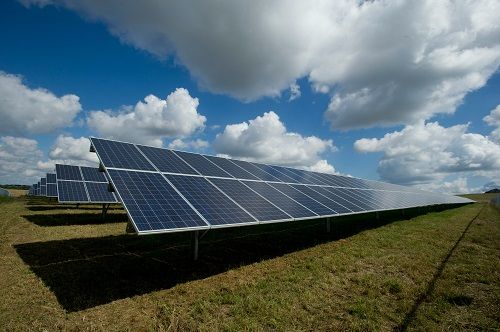While people in Germany are hoping for spring, many countries in the southern hemisphere are suffering from heatwaves. It is quite possible that the current year will once again set a new temperature record. "Everything must be done worldwide to advance the energy transition - the pace is not yet sufficient," comments Markus W. Voigt, CEO of the aream Group.
All major meteorological institutions have now confirmed it: 2023 was the warmest year ever recorded. According to the US National Oceanic and Atmospheric Administration (NOAA), the average global temperature over the past ten years was 1.2 degrees Celsius above the pre-industrial level. In addition to man-made climate change, the cause of the increase last year was the El Nino weather phenomenon.
It currently looks as if 2024 could even surpass last year. The first month of January already set another temperature record. Last month was also the hottest February ever recorded, according to the EU's Copernicus Climate Change Service - and the ninth consecutive month in which record temperatures were recorded. The heatwaves in Australia and large parts of South America extended into February. NOAA scientists believe there is a one in three chance that the current year will be warmer than last year. It is almost certain that 2024 will be one of the five warmest years on record. The chance of this is 99 percent. "This makes it all the more important that politicians take measures to rapidly reduce greenhouse gas emissions and achieve the net zero target soon," says Voigt. The energy transition is still being slowed down by bureaucratic hurdles, lengthy approval procedures and the sluggish expansion of the grids.
Meanwhile, the production of photovoltaic systems in Germany was stable. In February, 91% of the targets were achieved despite a below-average number of hours of sunshine. The systems in Spain also performed well: despite below-average irradiation, the target value was exceeded by two percent. In Italy, the plants fell slightly short of their targets in February, achieving 94%. There, above-average hours of sunshine partially compensated for technical failures due to storm damage or defective inverters.
German wind turbines also performed well in February. They achieved almost 103 percent of their target value. "An excellent wind month with a very stable performance clearly compensated for the lower yields from January," commented Voigt.
PRESSEKONTAKT:
Leandra Kiebach
T: +49 (0)211 30 20 60 4-2
E: lk@aream.de
